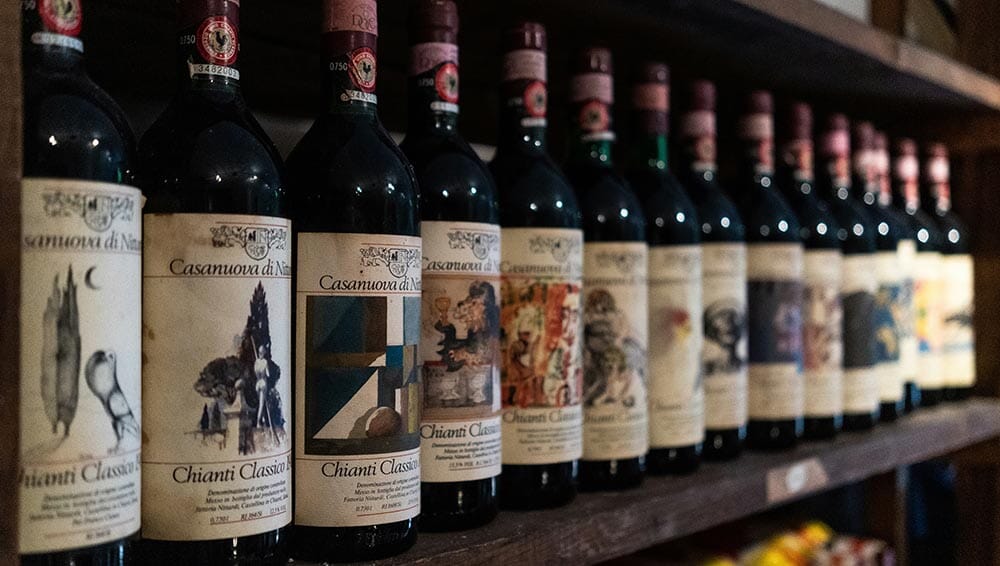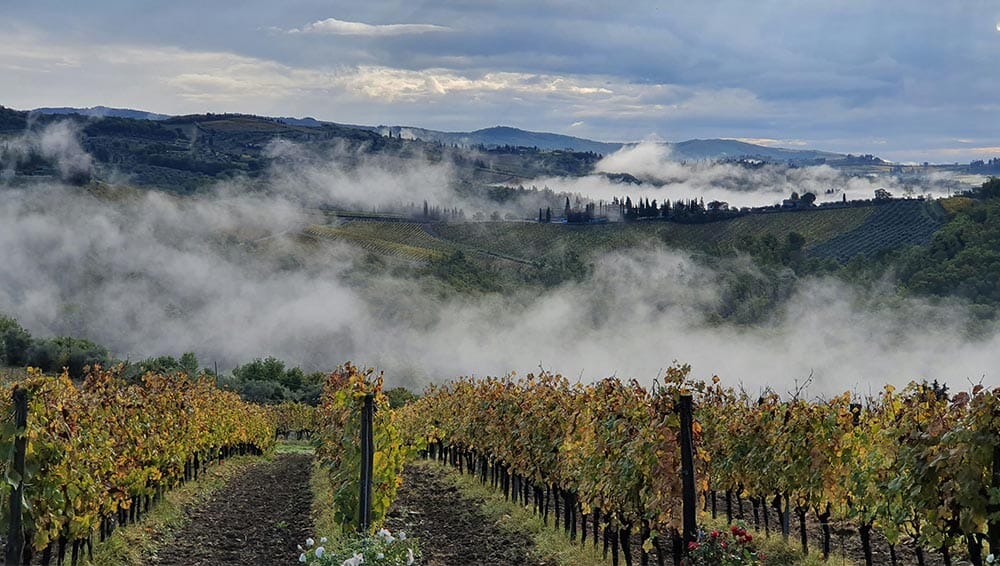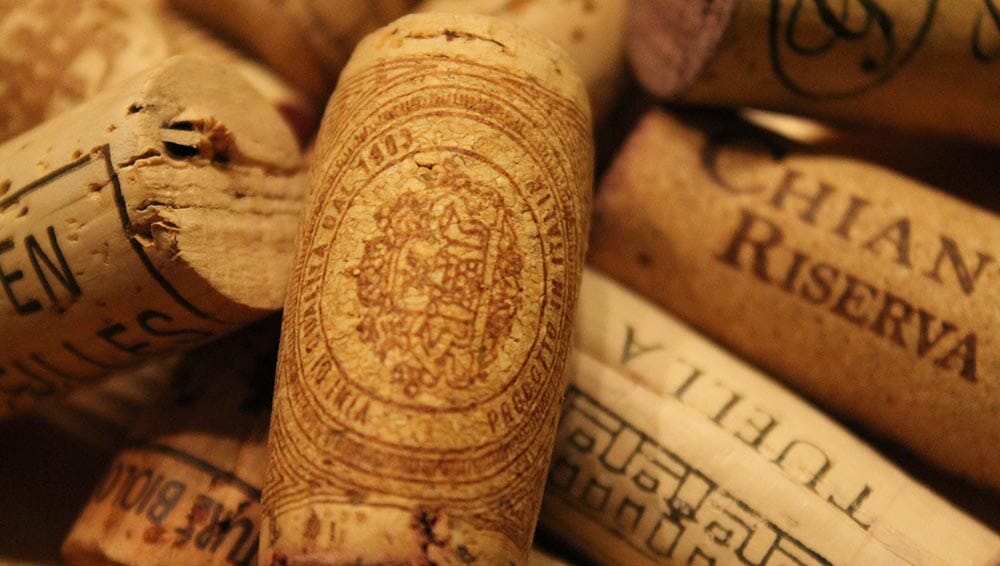Siena, located in the heart of Tuscany, is renowned not only for its stunning beauty and historic heritage but also for its fine wines, including the famous
Chianti. If you’re looking for information about
Siena,
wine, and
Chianti, you’ve come to the right place. In this article, we’ll explore everything you need to know about
Chianti wine: from its production to its history, including the specific grapes used and the production areas. Let’s discover what makes
Chianti one of the most esteemed wines globally.
What is Chianti wine?
Chianti wine is one of Italy's most well-known and internationally appreciated wines. Originating from the
Tuscan region,
Chianti is a red wine primarily made from
Sangiovese grapes. It is celebrated for its balanced taste, which can range from light and fruity to robust and complex, depending on the production area and aging process.
Chianti can be enjoyed young or after several years of aging, during which it develops deeper aromas and more complex flavors.

What is the Chianti region?
The
Chianti region stretches between the provinces of
Florence and
Siena, covering a broad hilly area with ideal conditions for viticulture. The
Chianti territory is divided into several sub-zones, including
Chianti Classico, situated between
Florence and
Siena, representing the historical heart of
Chianti production. Other sub-zones include
Chianti Colli Senesi,
Chianti Rufina, and
Chianti Colli Fiorentini, each with unique characteristics that influence the flavor and quality of the produced wine.

How is Chianti made?
The production of
Chianti involves a meticulous process that starts with the harvest of grapes, primarily
Sangiovese, usually occurring between September and October. The grapes are then destemmed and crushed to obtain the must, which ferments in stainless steel or concrete tanks. During fermentation, the grape skins remain in contact with the must to extract color, tannins, and aromas. After fermentation, the wine is aged in oak barrels for a variable period, ranging from a few months to several years, depending on the type of
Chianti being produced.
Which grape is used for Chianti?
The primary grape used in the production of
Chianti is
Sangiovese, which must constitute at least 70-80% of the blend, depending on the specific regulations of the denomination.
Sangiovese is a red grape known for its high tannin and acidity levels, which gives
Chianti its structure and longevity. Besides
Sangiovese, other local grapes such as
Canaiolo,
Colorino, and international varieties like
Merlot and
Cabernet Sauvignon may be used in small amounts to enhance the aromatic bouquet and complexity of the wine.
.jpg)
History of Chianti
The history of
Chianti dates back to the 13th century when Tuscan winemakers began developing and refining the production of this wine. The name "
Chianti" first appears in documents from 1398, and in 1716, Grand Duke Cosimo III de' Medici officially defined the production boundaries of the
Chianti region, making it one of the first regulated wine denominations in the world. Over the centuries,
Chianti has undergone numerous changes in production techniques and quality, becoming one of the most iconic and respected wines in Italian winemaking tradition.
Chianti Classico
Chianti Classico represents the oldest and most prestigious area of
Chianti production, located between
Florence and
Siena. This wine is recognizable by its label featuring the symbol of the
Black Rooster, the historic emblem of the
Chianti League.
Chianti Classico must contain at least 80%
Sangiovese grapes and may include other local and international varieties. It is a wine that can be aged to develop greater complexity and depth, offering notes of red fruit, spices, leather, and tobacco.

The Chianti Consortium
The
Chianti Consortium is the official body that protects and promotes the
Chianti denomination, ensuring the quality and authenticity of the produced wine. Founded in 1924, the
Consortium works to support local producers, implement strict production standards, and promote
Chianti both nationally and internationally. Thanks to the
Consortium,
Chianti has become synonymous with enological excellence, recognized and appreciated worldwide for its quality and long-standing tradition.
In conclusion,
Siena and
Chianti wine are inextricably linked, offering a unique and unforgettable gastronomic experience. Whether you are a wine enthusiast or simply curious, exploring the history, production, and flavors of
Chianti is a fascinating journey into the heart of
Tuscany. Enjoy your tasting!
